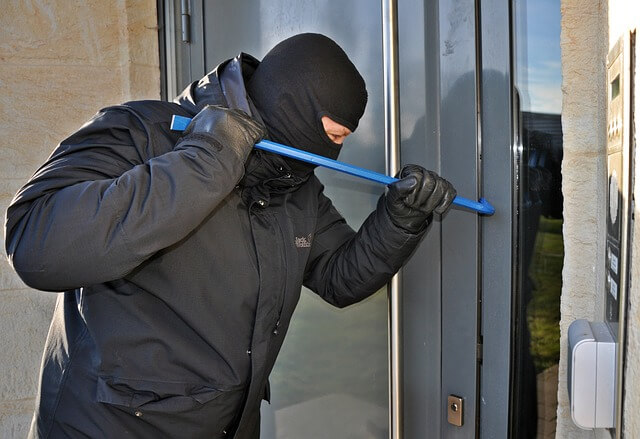In order to protect your home or business from the risk of fire, you're going to need to install an effective fire alarm system. Now, we all know that a fire alarm alerts you when there is a potential fire or an irregular amount of smoke in your property, but how do they actually work? And what makes a fire alarm different from a regular smoke alarm? IDS Security is here to let you know!

Smoke alarms
First of all, we need to understand that a fire alarm system isn't complete without a smoke alarm. A smoke alarm is a key part of a fire alarm system - it is the sensor that first detects the possibility of a fire in your home or business through increased levels of smoke. This tiny device, packed with electronics and small amounts of radioactive material, is responsible for reducing the number of fire deaths by half since its widespread adoption in commercial and domestic settings.
More...

The UK is still in the grip of a deadly coronavirus pandemic. New cases of COVID-19 are still being reported every day, so it remains important for all of us to do our bit to slow the spread of this disease.
One crucial precaution is to stay at home if you are displaying any of the following coronavirus symptoms:
- A high temperature
- A new, continuous cough
- Changes to your sense of smell or taste
If you have one or more of these symptoms, you may be infected and should self-isolate at home in order to avoid infecting others.
But taking responsibility for your own health is one thing. What should you do if you're a business owner and one of your employees comes to work with one or more symptoms of COVID-19?
More...

With British coronavirus cases dropping and the government's lockdown restrictions beginning to relax, many business owners are now trying to find a path back to something resembling normality. The important thing now is for shops and other premises to prioritise public safety when reopening their doors.
Key considerations include:
- Maintaining a safe distance between individuals and prevent transmission of COVID-19
- Limiting the total number of people on the premises at any one time
- Preventing people with COVID-19 symptoms from entering the premises
More...

Thinking of investing in a home security system? Wondering whether it's worth the cost?
It's easy to convince yourself that you can get by without a security system. Depending on where you live, you're probably not all that likely to be the victim of a break-in. But house alarms and security cameras are like insurance policies: by the time you actually want one, it's usually too late.
More...

Burglar alarms are designed to alert homeowners and deter thieves. Depending on the type of burglar alarm you install, the way they work will differ slightly. Ultimately, though, burglar alarms work by detecting movement, often at entry/exit points within the home. Once a motion sensor has been triggered, a loud alarm/siren will sound in order to draw attention to the potential intruders.
More...